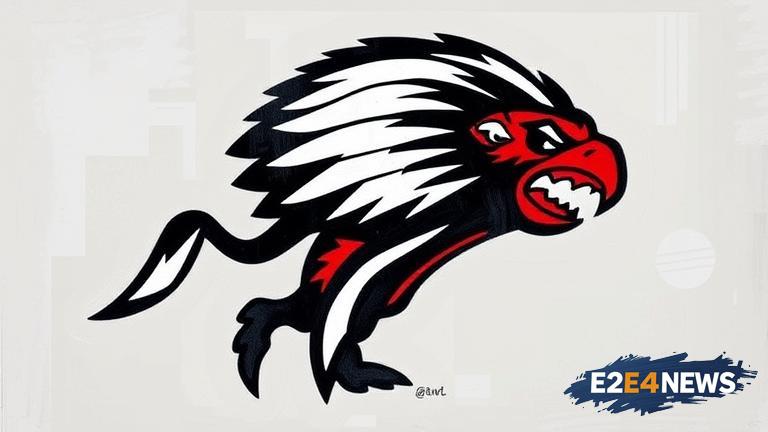The Grand Rapids and Deer River school districts in Minnesota have been at the center of a controversy surrounding their use of Native American-inspired mascots. After much debate and discussion, the school districts have decided to keep their mascots, citing a strong sense of community and tradition. The decision was made after the Minnesota Department of Education issued a directive requiring schools to re-examine their use of Native American mascots and logos. The Grand Rapids school district’s mascot, the Thunderhawks, and the Deer River school district’s mascot, the Warriors, were both deemed to be acceptable by the school boards. The decision to keep the mascots was met with a mix of reactions from the community, with some people expressing relief and others expressing disappointment. The school districts argued that their mascots were not intended to be disrespectful or offensive, but rather a way to honor and respect the Native American heritage of the region. However, some community members and Native American groups argued that the mascots were still hurtful and perpetuated negative stereotypes. The school districts also pointed out that they had made efforts to educate students and staff about the history and culture of Native American communities, and that the mascots were an important part of their school’s identity. Despite the controversy, the school districts ultimately decided that the benefits of keeping the mascots outweighed the potential harm. The decision is seen as a significant development in the ongoing debate over the use of Native American mascots in schools. The issue has sparked a national conversation about cultural sensitivity, respect, and the importance of listening to and honoring the perspectives of marginalized communities. The Grand Rapids and Deer River school districts’ decision to keep their mascots will likely be watched closely by other schools and communities grappling with similar issues. The use of Native American mascots has been a contentious issue for many years, with some arguing that it is a form of cultural appropriation and others seeing it as a way to promote unity and school spirit. The Minnesota Department of Education’s directive was seen as an opportunity for schools to re-examine their use of Native American mascots and logos, and to consider the potential impact on Native American students and communities. The decision by the Grand Rapids and Deer River school districts to keep their mascots will likely be seen as a setback by some, but as a victory by others. The issue is complex and multifaceted, and there are valid arguments on both sides. Ultimately, the decision to keep or change a school’s mascot is a local one, and should be made with careful consideration and input from the community. The Grand Rapids and Deer River school districts’ decision to keep their mascots is a reminder that the issue of Native American mascots is far from resolved, and that ongoing dialogue and education are needed to promote greater understanding and respect.
